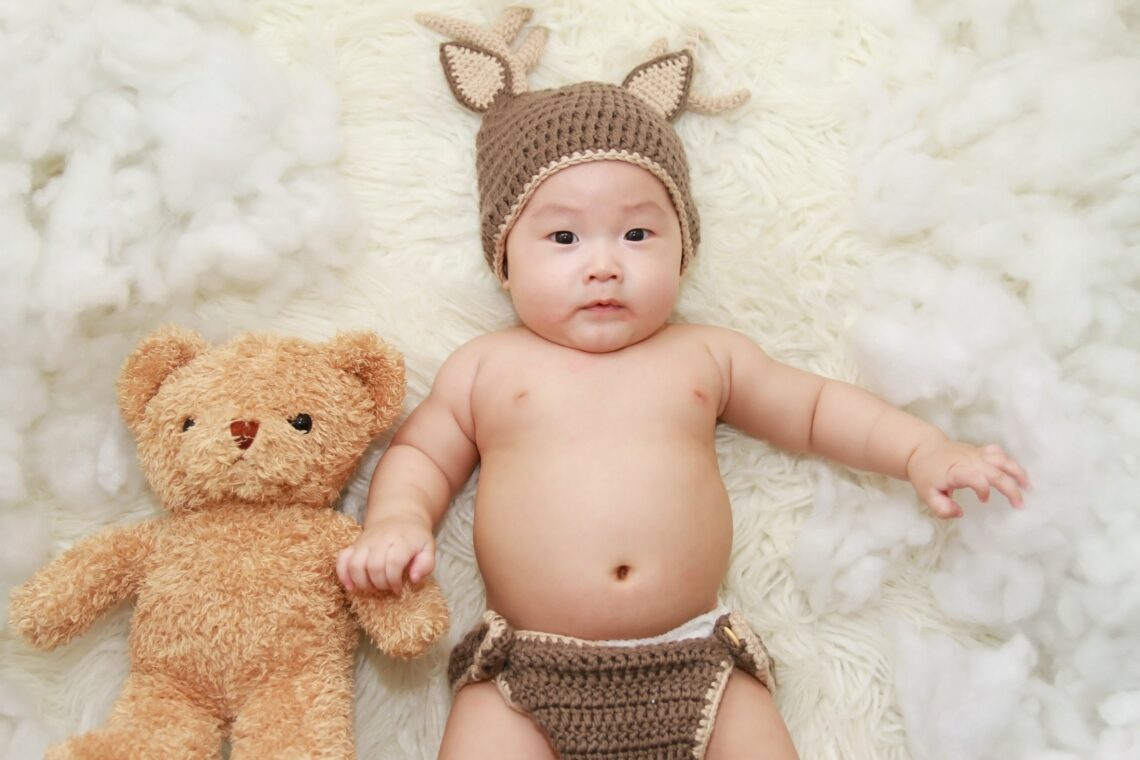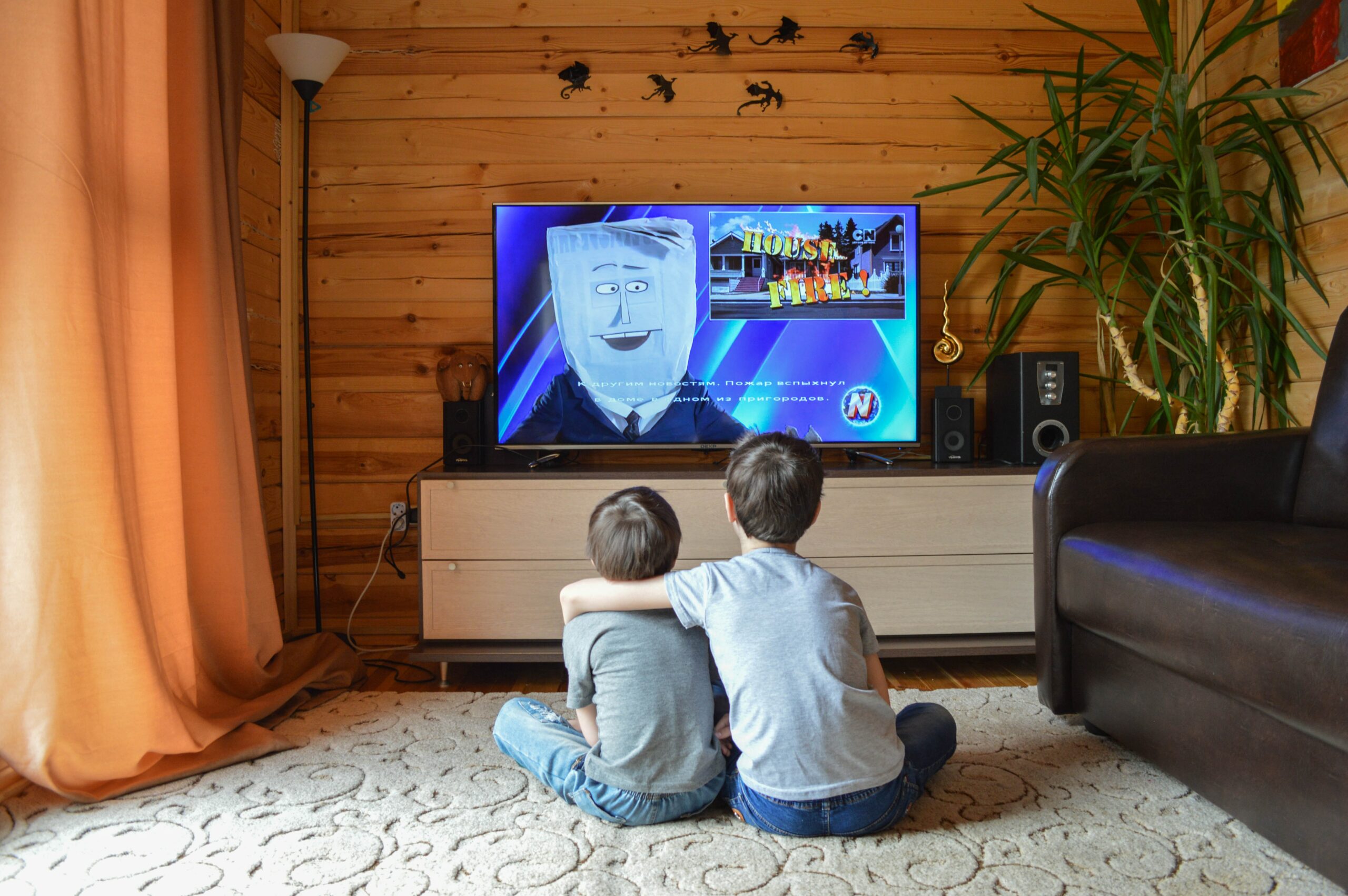
Part 2: Delivering The Baby
As the weeks of pregnancy go by, mothers are probably beginning to dread the big finale: labour. Decisions need to be made as early as this in your child’s life. The biggest issue is whether or not to take painkillers. If you want the natural birth then you may want to look into techniques like Lamaze that specify breathing exercises to reduce pain (we’ve all seen them on American sit-coms). If on the other hand you have as low a pain threshold as me, you may want to look into the epidural. This is a needle which is placed in your spine that desensitizes the lower area through nitrous oxide, better known as laughing gas, and/or local anesthetic in the vaginal area. Each of these methods has its own risks and drawbacks and it is important to discuss them with your doctor before coming to a conclusion.
If the fathers think that this is an easy process and there’s nothing they can do at this point, they had better think again. Bring them next to you and let them read this article. Research has shown that having a supportive person in the delivery room can significantly reduce the pain of labour.
When you finally have your baby, it should weigh on average 3.5kg but variations are normal. Some people are easily frightened by the size of the little one but don’t worry because within the first year he’ll grow about 50% in height and 200% in weight (if he’s well fed). During the first two years the baby’s brain will still be developing and his skull will not have sealed completely.
One of the sights that terrifies professionals and warms the heart of everyone else is that of a relative who throws him in the air as a sign of affection. The brain is very fragile at this time and if the baby is shaken a bit too vigorously it can result in some form of brain damage. Be very careful!
Babies develop emotions much faster than you think. One of the best moments for a new parent is when the baby smiles. This becomes voluntary at about 2 months and usually happens when parents start to go “baby crazy” and show him / her off to everyone. This gets even worse when the baby starts laughing at around 4 or 5 months. Around the same time he or she can express surprise and sadness. Fear and anger are emotions that begin to show at around 6 months (this includes fear of strangers coming to visit). While this might embarrass parents when friends or worse, in-laws approach the child, it is normal.
At around a year and a half, babies get very clingy. Good parents should not detach their children by force and give them to strangers in order to teach them to be more sociable. Parents are supposed to be his centre of safety at this stage and should not abandon him or her.
Photo by The Craft Wonder: https://www.pexels.com/photo/baby-lying-on-white-cushion-beside-brown-bear-plush-toy-421879/




